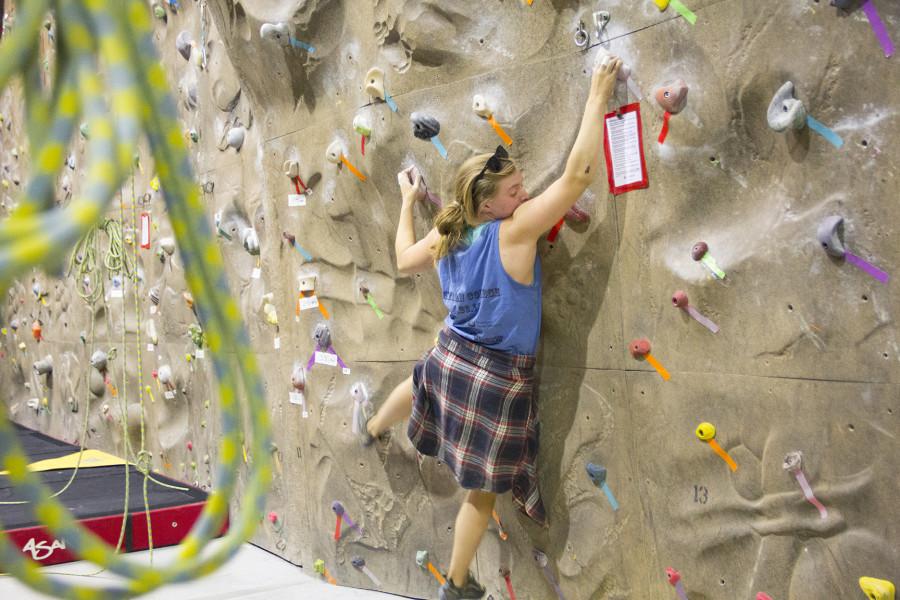
When they’re not teaching classes, a number of Whitman College faculty members work on their own creative projects.
Balancing the roles of teacher and artist can be quite the challenge. Novelist and Associate Professor of English Scott Elliott finds that he is able to do most of his writing in the summer and while on sabbatical.
“Teaching requires a kind of selflessness. I need to be able to engage with students to such a degree that while I’m teaching, it’s difficult to carve out the time to write,” said Elliott.
On the other hand, the interaction between the two roles can enrich professors’ creative projects in a meaningful way. Associate Professor of Art Charles Timm-Ballard, who paints, draws and works in ceramics, believes his time in the classroom helps him discover new ideas.
“If I was in the studio all alone, I’d be solving all my creative visual problems all alone. In teaching, I’m interacting with about 30 students that I talk to every week, and I’m continuously solving problems of 30 people’s work. I’m thinking about all the different ways I can resolve the issues amongst those pieces, so I’m exercising those creative muscles all the time,” said Timm-Ballard.
Elliott has also learned new strategies from his students.
“It’s sometimes the case, too, that my students will display a way to solve a writing problem that I can use when I’m working on my own fiction. I learn things from my students, from the ways they approach their writing,” said Elliott.
Working with students can also influence professors’ work thematically. Associate Professor of Art Michelle Acuff, a sculptor, was inspired partially by her students to explore the relationship between human beings and the natural world in one of her recent art installations.
“I actually came to this subject matter partly in response to the student body here. It’s things that they’re interested in: environmental issues, our role in global warming, climate change … It’s kind of a nice loop: I get influenced by what the students are influenced by and inject that into my work, and then bring that back to them … It creates a dialogue,” said Acuff.
Some of these artists also feel that being at a liberal arts college makes it easy to get feedback.
“I like being part of an intellectual community, and especially a small one like Whitman. I get to hear what the philosophers think of my work, and what the historians think of it. There’s a richer dialogue that happens in the liberal arts,” said Acuff.
Elliott said that a novelist benefits greatly from being surrounded by thinkers in other disciplines.
“A novel is a very interdisciplinary form in which you fluidly move within lots of disciplines … So I think being in an atmosphere that honors that well-roundedness and fluidity is a good atmosphere for a novelist to be in, even if there aren’t a lot of other novelists around,” said Elliott.
Timm-Ballard feels similarly.
“I think that my thinking gets richer the more I’m engaged with diverse approaches. I think that what we do is the same, but the tools and trappings of different disciplines lead to different solutions to those problems and imaginative solutions, and that makes my experience of being an artist richer,” said Timm-Ballard.
Teaching while working as an artist or writer is often a financial decision, but many professor-artists at Whitman feel that it is worth the balancing act.
“The reality is that it’s hard to make a living as an artist, but I never felt like it was ‘selling out’ or a ‘sacrifice.’ [Teaching] just allows us to do the thing that we do in a very powerful way. I feel incredibly fortunate to be here, to do this, and I feel like it’s important work, teaching art and involving students in that process,” said Acuff.









